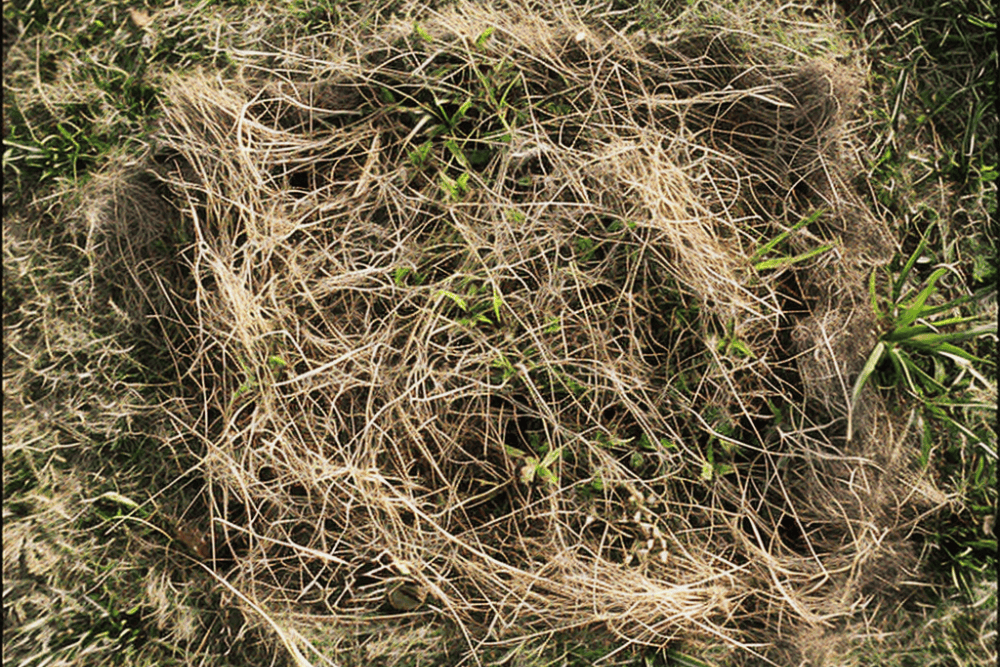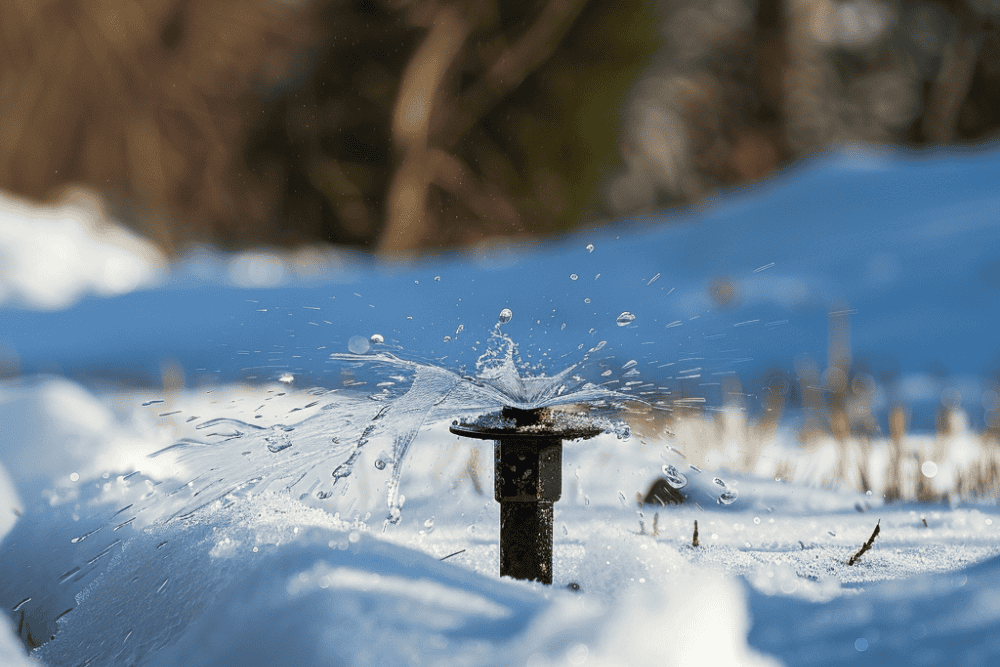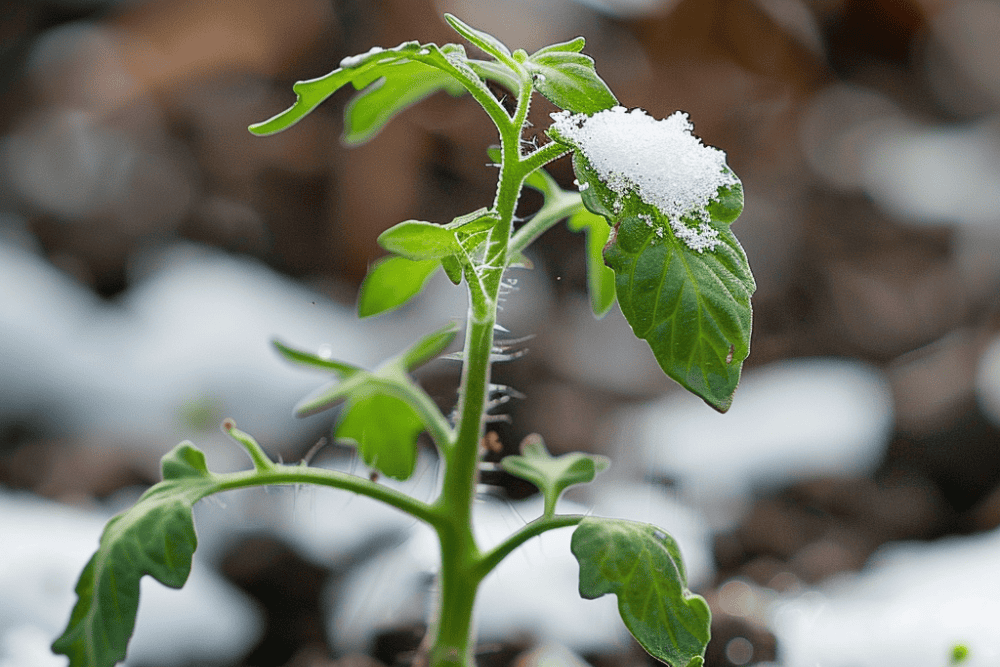Springtime Tips for a Lush Landscape
This inspiration for this blog post was from Shaul Turner at Fox 31 in Denver, “When to start watering your lawn and garden”.
After a long, and very wet winter, many homeowners around the Front Range are trying to figure out when they should actually start their sprinkler system for the season. Colorado has quite the challenging spring planting season due to fluctuating weather patterns, ranging from severe weather to hot, sunny days. Snow is very common well into April and oftentimes into May.
The article mentions that the last freeze date is typically right around May 5th, but is frequently as late as May 11th, and as a homeowner here in Denver you need to be prepared. The recommendation from the article is to make sure the weather is consistently warm prior to turning on your sprinkler system.
Our Recommendation for Sprinkler Startup

Wait Until After the Last Freeze Before Turning On Your Inground Sprinkler System – You can Water Dry Spots with a Hose – Just be Sure to Unhook and Drain the House When You’re Done
Similar to the recommendation in the article, our recommendation is to wait until you’re certain the last freeze is behind us here along the Front Range before starting up your sprinkler system. You can always hook up your garden hose and manually water trees and plants that might need water – then unhook and drain your hose when you’re done. That way you won’t leave any water in your sprinkler system that is prone to freezing and causing damage.
Starting up Your Inground Sprinkler System in the Spring (after the last freeze)
Two major considerations for starting up the sprinkler system well after the first freeze are:
- Avoiding damage to plumbing and Irrigation
- Avoiding damage to your new plants
Avoiding Damage to Plumbing and Irrigation
Cold temperatures can cause significant damage to an in-ground sprinkler system because water expands when it freezes. If there is water left in the pipes, valves, or sprinkler heads when temperatures drop below freezing, the water can turn to ice and expand, leading to pipe bursts and damaged sprinkler heads.

Water Within Your Inground Sprinkler System Can Freeze Causing Damage to Pipes, Sprinkler Heads and Expensive Assemblies like the Backflow Preventer Valve
Valve and Backflow Preventer Damage: The backflow prevention device, which is required to prevent irrigation water from contaminating the potable water supply, can also be damaged by freezing temperatures. The valves within the system can crack and break, necessitating expensive repairs. Valve and backflow preventer cost can be quite pricey and replacements can range into the hundreds and even thousands of dollars.
Temperatures just below freezing for multiple hours can damage above ground elements like your backflow preventer and even drip irrigation. Temperatures in the low 20s for extended periods can potentially damage below ground elements.
To avoid costly repairs, be sure to safely winterize your sprinkler system before the first freeze in the fall, and don’t start up sprinklers until you’re certain the last freeze of the season has already passed.
Avoiding Damage to New Plants
Waiting to plant new seedlings until the freeze has passed helps to avoid damage to those plants. After that least freeze, you can feel confident planting and turning on drip irrigation to make sure those new plants get the moisture they need.

Springtime in Colorado Features Freezing Temps and Snow – Both of Which are Bad News for New Plants
Freezing Temperatures
Obviously most plants don’t do well with freezing temperatures due to the cell damage and heaving of the soil that can occur.
- Cell Damage – Plant cells contain water, and when this water freezes, it expands, potentially rupturing the cell walls. This damage can lead to the browning and wilting of leaves and stems, as well as long-term harm to the plant’s overall health.
- Frost Heaving – Repeated freezing and thawing of soil can push plants up out of the ground, a process known as frost heaving. This can damage roots and expose them to harsh conditions.
Heavy Snow
The heavy springtime snows that we have here in Colorado can really wreak havoc with your plants, even if the temperature isn’t below freezing.
The weight of all that heavy springtime snow can bend and break branches on trees and put extra weight on leaves. The result can be distortion of the shape and long term health of the young plant. Thick snow can even smother plants – blocking both air and light. This could potentially lead to the plant rotting or even contracting fungal diseases.
